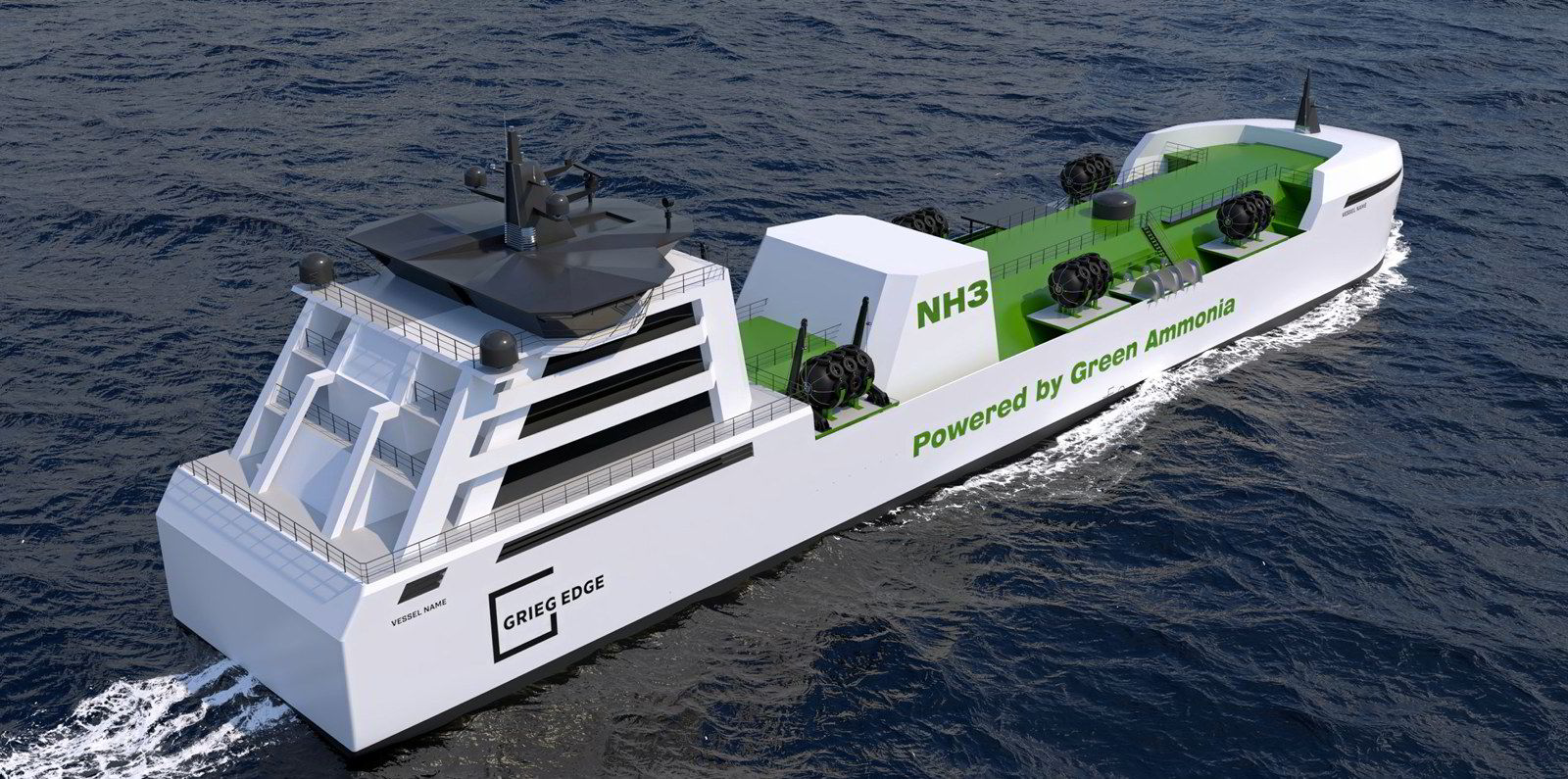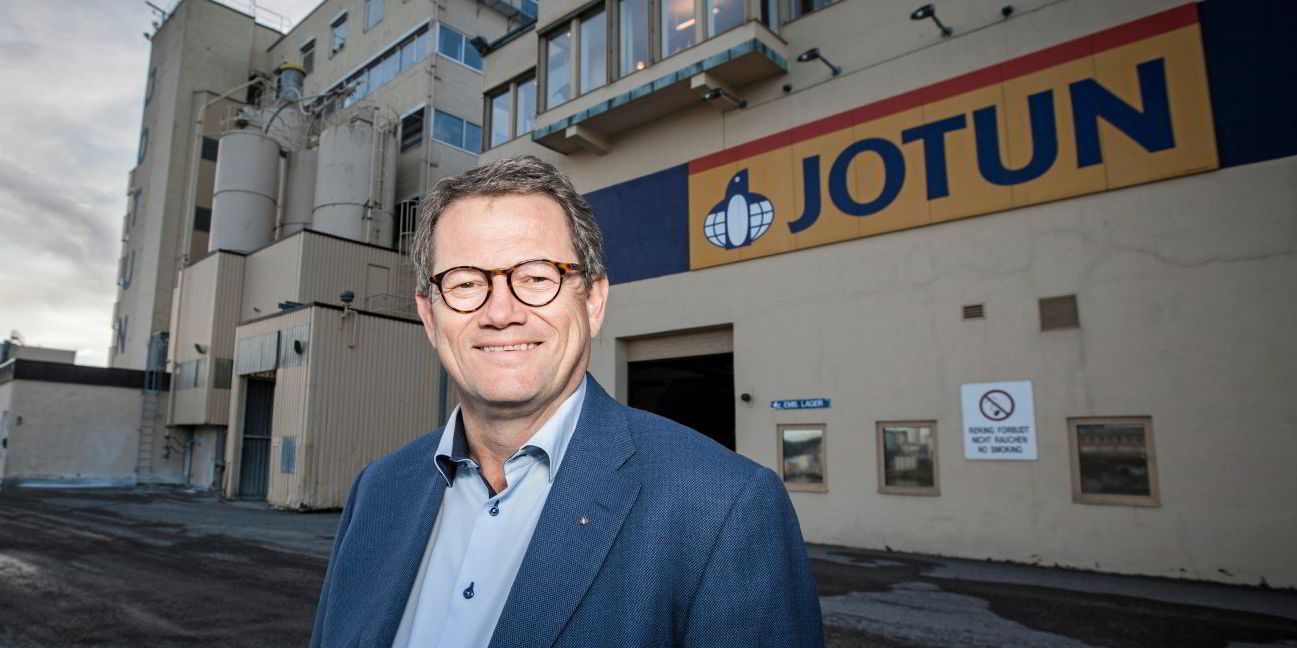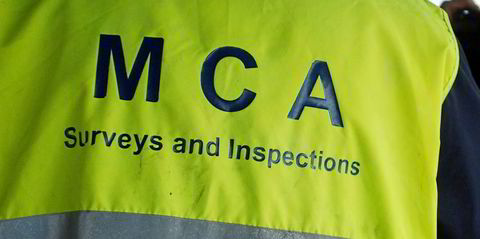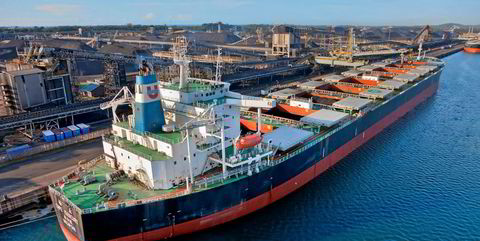Classification society DNV has granted approval in principle to an ammonia-fuelled tanker concept developed by Grieg Maritime of Norway.
The green light, which was granted on Friday, means that work can begin on the design of the MS Green Ammonia bunker tanker and to initiate the shipyard tender process, Grieg said.
The 120-metre-long tanker will have a cargo capacity of 7,500 cbm of ammonia and will be able to load up to 1,000 cbm per hour. It will have a Wartsila W25DF ammonia engine.
Grieg Edge, the innovation arm of Norway’s Grieg Maritime Group, has worked on the concept together with naval architecture firm LMG Marin and engine supplier Wartsila.
Nicolai Grieg, who heads up Grieg Edge, said the approval was “not unexpected, but still something we are happy to announce”.
“It is a major milestone in getting one of the first green ammonia-fuelled vessels in operation,” he said.
The tanker is a part of the larger Berlevag project in the north of Norway, where a group of Norwegian companies intend to use wind from the Raggovidda windfarm to produce green ammonia.
The MS Green Ammonia tanker will be involved in transporting this green ammonia from the factory to land storage facilities along the Norwegian coast. It will also be able to handle ship-to-ship bunkering.
The Berlevag project hopes to cut about 200,000 tonnes of CO2 emissions per year by replacing traditional fossil fuels for ships, rigs and off-grid power stations with green ammonia and hydrogen.
Grieg Maritime said on Monday that there are “no significant obstacles” that would prevent the MS Green Ammonia project from being realised.
The company said it is ready to complete the project in 2025 and is working on its commercial aspects, which includes developing the value chain and gaining commitments from end consumers.
Matt Duke, CEO of Grieg Maritime Group, said governmental support is needed to kickstart the market.
“To ensure a quick transition in shipping, we need policymakers to support the development of a market for alternative fuels,” he commented.
“We need arrangements to reduce the OPEX [operational expenditure] gap between clean and carbon-rich fuel, such as differential contracts.”
Meanwhile, Grieg Maritime is leading a feasibility study to see whether ammonia could be used to fuel its open-hatch bulk carriers on transatlantic voyages.
Grieg may decide to retrofit its 11-vessel fleet of L-class, 50,000-dwt open-hatch bulkers to run on green ammonia, if the study finds that it would be a viable way to decarbonise its vessel operations.





